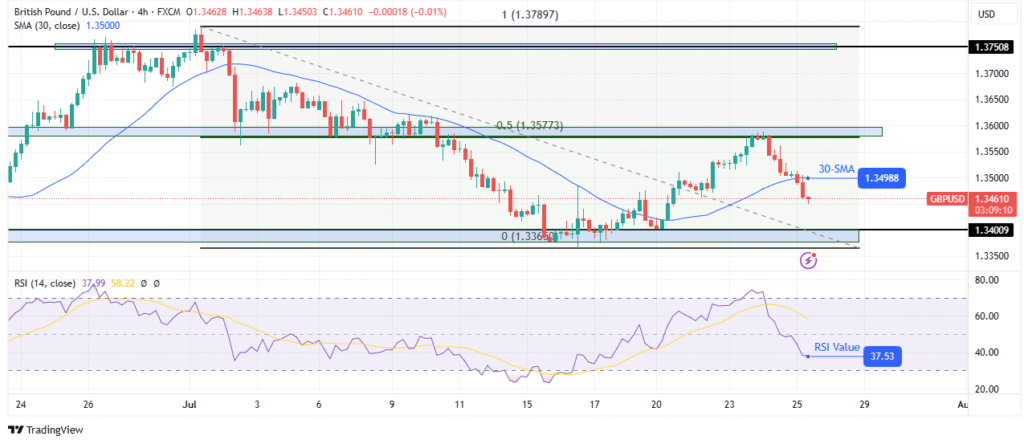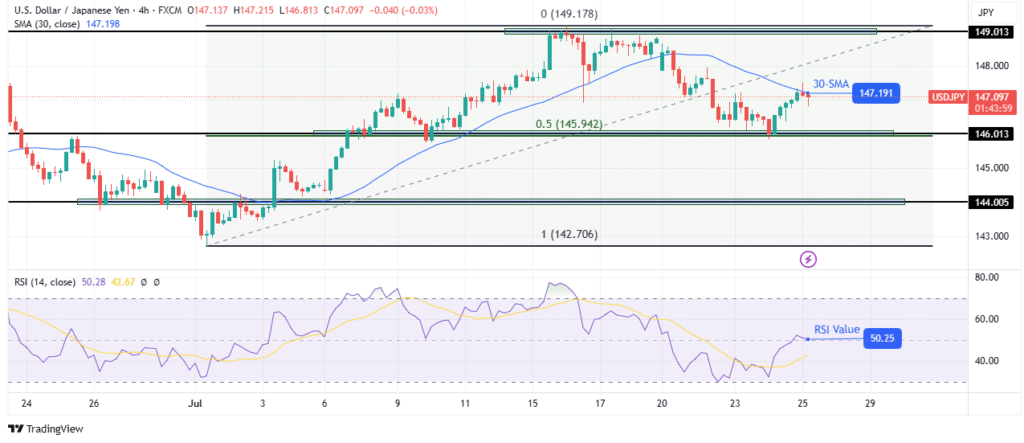The U.S. stock market has just blown through Warren Buffett’s favorite economic indicator, stock market cap to GDP, setting a new all-time high. The valuation of the Wilshire 5000—which hit a record high on July 23—is now somewhere north of 212% of U.S. GDP, the “Buffett Indicator” shows.

Chart via LongTermTrends.Net
Perhaps that’s one reason stocks are selling off globally this morning. While most indexes in Asia and Europe remain near their all-time highs, there is broad-based but mild selling in all of them.
Goldman’s froth indicator is high
There’s another sign the markets may be near their top: Goldman Sachs launched a new “Speculative Trading Indicator” that measures froth by gauging trade volumes in “unprofitable stocks, penny stocks, and stocks with elevated EV/sales multiples”—the kind of trades that only look good when the market is rising irrationally. Sadly, “The most actively traded stocks include most of the Magnificent 7 along with companies involved in digital assets and quantum computing, among others,” Ben Snider and his team told clients.
“The indicator now sits at its highest level on record outside of 1998-2001 and 2020-2021, although it remains well below the highs reached in those episodes,” they said.
S&P futures, by contrast, were flat this morning premarket—so who knows where the Americans are going today.
The Fed may delay
No one expects the Fed to lower interest rates next Friday, despite President Trump’s continued pressure on Chairman Jerome Powell. (The video of the face-off between the two yesterday, in which Trump humiliates Powell and Powell corrects a false assertion by Trump, is a cringey must-watch.)
So investors are focused on September, October, and December. Sixty percent of speculators in the Fed Funds futures market currently think Powell will cut interest rates by 0.25% to the 4% level in September—a move that would deliver new cheap money into equities.
The problem for Trump is that in order to deliver that cut, inflation needs to stay low and the jobs market needs to not get stronger. Currently, inflation is moving up and the jobs market is robust but not perfect. That combo might push a rate cut to October or December—which would explain why investors are taking profits today rather than staying in the market.
“The jobs market continues to hold up despite concerns about a cooling economy, while officials remain nervous about the effect of tariff-induced price hikes on inflation. We see no interest rate cut this month, but the Fed is expected to start laying the groundwork for a move, most likely in December,” ING’s James Knightley and Chris Turner said in a note this morning. “As long as the jobs picture holds up, firmer inflation may well delay the restart of the Fed easing cycle.”
Trump’s tariffs are starting to contribute to inflation, UBS’s Paul Donovan told clients. “Consumers in Europe, the UK, Mexico, and Canada are paying between 0.3% and 1.9% less for the consumer appliances they buy than was the case in March of this year. The US consumer, meanwhile, is paying (on average) 3.6% more for their appliances than they were before Trump’s trade taxes,” he said in an email.
The capex boost is coming
And then, according to Piper Sandler’s Nancy Lazar and her colleagues, there’s a secret weapon hidden inside Trump’s One Big Beautiful Bill which could supercharge GDP growth (and thus, by implication, deter the Fed from cutting): Capex.
A provision within the OBBB halves the effective rate of corporate tax and incentivises capital expenditure by companies. “Capex’s GDP punch is triple that of housing. Upside capex shocks add 1%+ to GDP. And every related goods producing job creates 6 more – the multiplier. Our preliminary (very preliminary) forecast for 2026 real GDP is about 3%,” they told clients.
With robust growth and tariff inflation still very much in the picture, perhaps stock investors are sensing that Powell will dig his heels in and delay rate cuts even longer than the futures market is currently assuming.
Here’s a snapshot of the action prior to the opening bell in New York:
- S&P 500 futures were flat (+0.13%) this morning, premarket, after the index closed marginally up at a new all-time high of 6,363.35 yesterday.
- Tesla declined 8.2% yesterday after a lousy earnings call.
- STOXX Europe 600 was down 0.34% in early trading.
- The U.K.’s FTSE 100 was down 0.39% in early trading.
- Japan’s Nikkei 225 was down 0.88%.
- China’s CSI 300 Index was down 0.53%.
- The South Korea KOSPI was up 0.18%.
- India’s Nifty 50 was down 0.86%.
- Bitcoin fell 2.76% to $115K.






